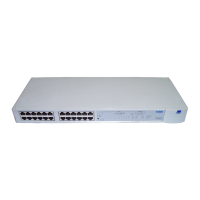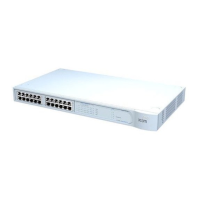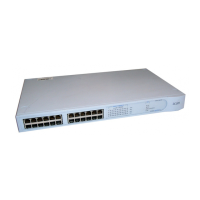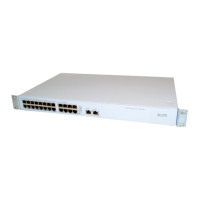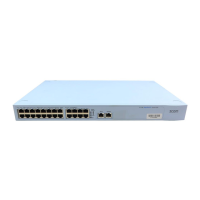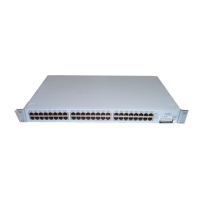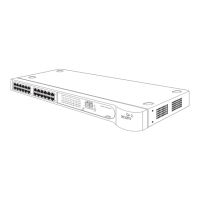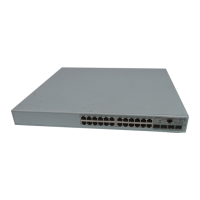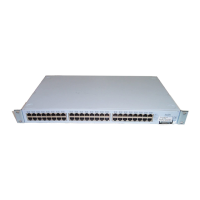Administering IP Interfaces 63
Administering IP
Interfaces
An IP interface defines the relationship between a Virtual Local Area
Network (VLAN) and the subnets in the IP network. Every IP interface has
one VLAN associated with it. You must first define a VLAN, as described
in your Switch management guide, before you can define an associated
IP interface.
Interface
Characteristics
Each IP interface has the following characteristics:
■ IP Address — Choose this address from the range of addresses
assigned to your organization by the central agency. This address is
specific to your network.
■ Subnet mask — Subnet masks differentiate the network ID part of an
IP address from the host ID part. They assign the number one (1) to
bits that correspond to the network ID and zeros to bits that
correspond to the host ID. A subnet mask is a 32-bit number
expressed as four decimal numbers from 0 to 255 separated by
periods, for example, 255.255.0.0. The first two octets represent the
network ID, and the final two represent the host part of the address.
password Specify the password to be used to generate
the OSPF authentication checksum on virtual
link frames
statistics Display general OSPF statistics
rip display Display the current IP routing configuration
mode Set the RIP Mode on an interface
cost Set the RIP cost on an interface
poisonReverse Enable/disable RIP Poisoned Reverse mode on
an interface
addAdvertisement Define RIP advertisement addresses
removeAdvertisement Remove RIP advertisement addresses
statistics Display internal statistics about RIP engine
ping Ping a host using default settings
advancedPing Ping a host specifying the settings to use
traceRoute Trace a route using default settings
advancedTraceRoute Trace a route specifying the settings to use
statistics Display IP, UDP and ICMP statistics
Table 15 IP Context Commands (continued)
Command Options Sub-options Syntax
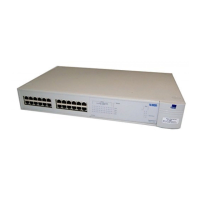
